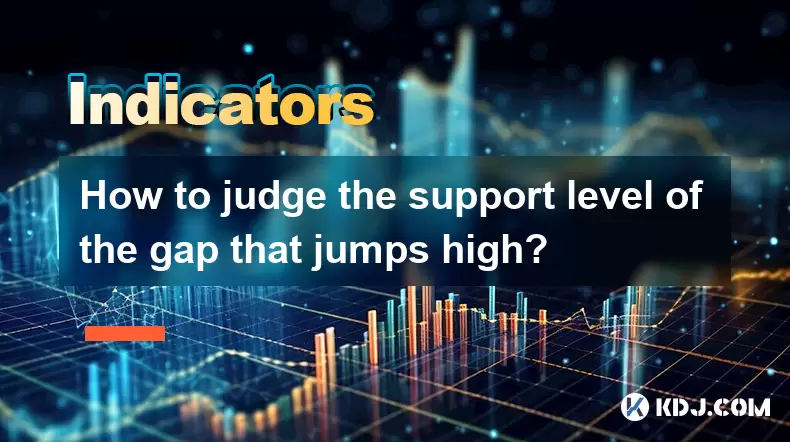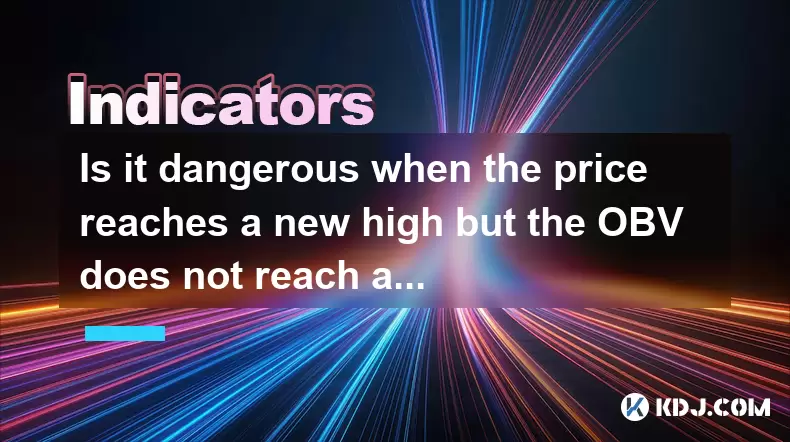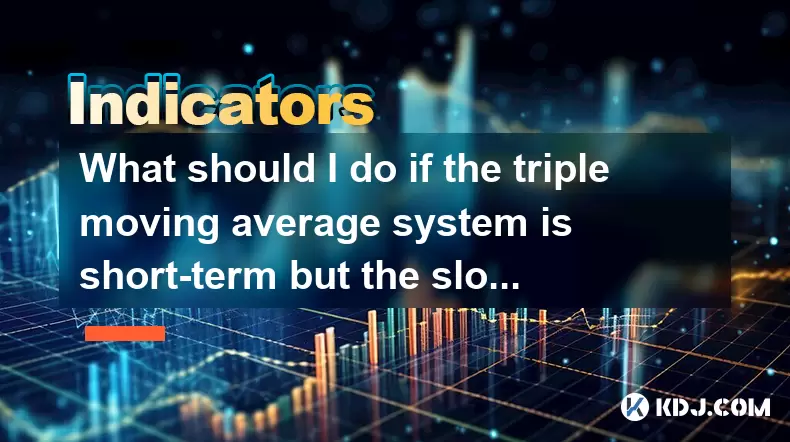-
 Bitcoin
Bitcoin $106,754.6083
1.33% -
 Ethereum
Ethereum $2,625.8249
3.80% -
 Tether USDt
Tether USDt $1.0001
-0.03% -
 XRP
XRP $2.1891
1.67% -
 BNB
BNB $654.5220
0.66% -
 Solana
Solana $156.9428
7.28% -
 USDC
USDC $0.9998
0.00% -
 Dogecoin
Dogecoin $0.1780
1.14% -
 TRON
TRON $0.2706
-0.16% -
 Cardano
Cardano $0.6470
2.77% -
 Hyperliquid
Hyperliquid $44.6467
10.24% -
 Sui
Sui $3.1128
3.86% -
 Bitcoin Cash
Bitcoin Cash $455.7646
3.00% -
 Chainlink
Chainlink $13.6858
4.08% -
 UNUS SED LEO
UNUS SED LEO $9.2682
0.21% -
 Avalanche
Avalanche $19.7433
3.79% -
 Stellar
Stellar $0.2616
1.64% -
 Toncoin
Toncoin $3.0222
2.19% -
 Shiba Inu
Shiba Inu $0.0...01220
1.49% -
 Hedera
Hedera $0.1580
2.75% -
 Litecoin
Litecoin $87.4964
2.29% -
 Polkadot
Polkadot $3.8958
3.05% -
 Ethena USDe
Ethena USDe $1.0000
-0.04% -
 Monero
Monero $317.2263
0.26% -
 Bitget Token
Bitget Token $4.5985
1.68% -
 Dai
Dai $0.9999
0.00% -
 Pepe
Pepe $0.0...01140
2.44% -
 Uniswap
Uniswap $7.6065
5.29% -
 Pi
Pi $0.6042
-2.00% -
 Aave
Aave $289.6343
6.02%
How to judge the support level of the gap that jumps high?
A gap-up in crypto occurs when an asset opens much higher than its previous close, often due to news or shifts in demand, and traders analyze historical patterns, volume, and indicators to identify key support levels for strategic entries and risk management.
Jun 17, 2025 at 07:07 am

Understanding the Concept of a Gap-Up in Cryptocurrency Trading
In cryptocurrency trading, a gap-up occurs when the price of an asset opens significantly higher than its previous closing price. This phenomenon is often driven by news events, market sentiment shifts, or sudden changes in demand and supply dynamics. When a gap-up occurs, traders look for key levels where the price might find support after the initial surge. Identifying these support levels is crucial for making informed decisions on entry points, stop-loss placements, and profit-taking strategies.
The importance of recognizing support levels during a gap-up lies in their ability to indicate potential reversal zones or areas where buying pressure could re-emerge. Traders who understand how to judge these levels can better manage risk and optimize their trade setups.
Analyzing Historical Price Action Around Gaps
One effective way to judge the support level of a gap-up is by analyzing historical price action around similar gaps. In the crypto market, especially with major coins like Bitcoin or Ethereum, historical patterns tend to repeat due to recurring behavioral trends among traders and investors.
Look for previous instances where the asset experienced a gap-up and observe how the price reacted afterward. Did it find support at a certain level before resuming its upward movement? Or did it retrace significantly before stabilizing? Pay close attention to key psychological levels, such as round numbers (e.g., $30,000 for BTC), as these often act as strong support or resistance zones.
Additionally, check for confluence with moving averages or Fibonacci retracement levels, which can enhance the reliability of the support zone you identify.
Utilizing Volume Analysis to Confirm Support Levels
Volume plays a critical role in validating any technical analysis, including the identification of support levels during a gap-up. A healthy gap-up should be accompanied by above-average trading volume, indicating strong institutional or retail participation. If the gap-up occurs on low volume, it may signal a lack of conviction and increase the likelihood of a pullback.
When judging support levels, analyze the volume profile at different price points post-gap. Areas where volume spikes occurred during the initial move up are likely to serve as strong support zones. These levels represent where buyers stepped in previously and could do so again if the price revisits them.
Use tools like volume-by-price indicators or on-balance volume (OBV) to visualize this data more effectively. High-volume nodes near recent lows can act as magnets during corrections.
Leveraging Chart Patterns and Candlestick Formations
Chart patterns and candlestick formations provide valuable insights into market psychology and can help pinpoint potential support levels after a gap-up. For instance, a bullish engulfing pattern or a hammer candlestick forming near a prior swing low can signal strong buyer interest at that level.
Patterns like flags, pennants, or ascending triangles that form after a gap-up often indicate consolidation phases before the next leg up. The lower boundary of these patterns typically acts as a dynamic support level. A break below this boundary would invalidate the pattern, while a bounce confirms its validity.
Traders should also watch for rejection candles at certain price zones. These are candles that open above a level but close back below it, showing failed attempts to move higher and hinting at potential support formation.
Incorporating Indicators and Oscillators for Confirmation
Technical indicators and oscillators can offer additional confirmation when identifying support levels after a gap-up. Tools like the Relative Strength Index (RSI), Moving Average Convergence Divergence (MACD), and Bollinger Bands help assess momentum and overbought/oversold conditions.
For example, if the RSI drops below 30 after a gap-up, it may suggest oversold conditions and potential support near that level. Similarly, the MACD line crossing above the signal line during a pullback can confirm bullish momentum returning to the market.
Bollinger Bands can also be useful. Prices often return to the middle band after touching the upper or lower bands. If a gap-up leads to a sharp move away from the middle band, a pullback toward it may offer a high-probability support area.
Combine multiple indicators for stronger signals and avoid relying solely on one tool to make trading decisions.
Frequently Asked Questions
Q: What timeframes are best for identifying support levels after a gap-up?
A: While support levels can be identified across various timeframes, daily and 4-hour charts are generally preferred for confirming reliable zones. Shorter timeframes like 15-minute or 1-hour charts can be used for precise entry points once the broader structure is understood.
Q: How far can the price retrace after a gap-up before support fails?
A: The depth of a retracement varies depending on market conditions. However, a retracement beyond 50% of the gap-up move often signals weakness, while a pullback to the 38.2% Fibonacci level is considered normal and may still hold as support.
Q: Can I use order flow analysis to judge support levels after a gap-up?
A: Yes, order flow analysis through tools like Depth of Market (DOM) or footprints can provide insight into where large orders are placed. These zones often act as strong support or resistance levels when revisited by price.
Q: Are there specific cryptocurrencies where gap-ups are more predictable?
A: Larger-cap cryptocurrencies like Bitcoin and Ethereum tend to have more predictable gap behavior due to higher liquidity and clearer chart patterns. Smaller altcoins can experience erratic gaps due to low liquidity, making support identification less reliable.
Disclaimer:info@kdj.com
The information provided is not trading advice. kdj.com does not assume any responsibility for any investments made based on the information provided in this article. Cryptocurrencies are highly volatile and it is highly recommended that you invest with caution after thorough research!
If you believe that the content used on this website infringes your copyright, please contact us immediately (info@kdj.com) and we will delete it promptly.
- 2025-W Uncirculated American Gold Eagle and Dr. Vera Rubin Quarter Mark New Products
- 2025-06-13 06:25:13
- Ruvi AI (RVU) Leverages Blockchain and Artificial Intelligence to Disrupt Marketing, Entertainment, and Finance
- 2025-06-13 07:05:12
- H100 Group AB Raises 101 Million SEK (Approximately $10.6 Million) to Bolster Bitcoin Reserves
- 2025-06-13 06:25:13
- Galaxy Digital CEO Mike Novogratz Says Bitcoin Will Replace Gold and Go to $1,000,000
- 2025-06-13 06:45:13
- Trust Wallet Token (TWT) Price Drops 5.7% as RWA Integration Plans Ignite Excitement
- 2025-06-13 06:45:13
- Ethereum (ETH) Is in the Second Phase of a Three-Stage Market Cycle
- 2025-06-13 07:25:13
Related knowledge

How to interpret the low opening the next day after the long lower shadow hits the bottom?
Jun 18,2025 at 12:22am
Understanding the Long Lower Shadow Candlestick PatternIn technical analysis, a long lower shadow candlestick is often seen as a potential reversal signal in a downtrend. This pattern occurs when the price opens, trades significantly lower during the session, but then recovers to close near the opening price or slightly above. The long wick at the botto...

How to operate the RSI indicator repeatedly in the 40-60 range?
Jun 18,2025 at 12:56am
Understanding the RSI Indicator and Its RelevanceThe Relative Strength Index (RSI) is a momentum oscillator widely used in cryptocurrency trading to measure the speed and change of price movements. Typically, the RSI ranges from 0 to 100, with levels above 70 considered overbought and below 30 considered oversold. However, when the RSI repeatedly stays ...

Why is the volume ratio suddenly enlarged three times but the price fluctuation is small?
Jun 18,2025 at 04:42am
Understanding the Relationship Between Trading Volume and Price MovementIn the world of cryptocurrency trading, volume is a crucial metric that reflects the number of assets traded within a specific time frame. It often serves as an indicator of market interest and liquidity. However, there are instances where trading volume surges dramatically—sometime...

How strong is the MACD golden cross below the zero axis?
Jun 17,2025 at 11:00pm
Understanding the MACD Indicator in Cryptocurrency TradingThe Moving Average Convergence Divergence (MACD) is one of the most widely used technical indicators among cryptocurrency traders. It helps identify potential trend reversals, momentum shifts, and entry or exit points. The MACD consists of three main components: the MACD line, the signal line, an...

Is it dangerous when the price reaches a new high but the OBV does not reach a new high?
Jun 18,2025 at 06:14am
Understanding On-Balance Volume (OBV) in Cryptocurrency TradingIn the world of cryptocurrency trading, technical indicators play a crucial role in analyzing market behavior and predicting future price movements. One such widely used indicator is the On-Balance Volume (OBV), which helps traders assess the strength of buying or selling pressure behind pri...

What should I do if the triple moving average system is short-term but the slope slows down?
Jun 18,2025 at 04:35am
Understanding the Triple Moving Average SystemThe triple moving average system is a popular technical analysis tool used in cryptocurrency trading. It involves using three different moving averages—typically the short-term (e.g., 10-period), medium-term (e.g., 20-period), and long-term (e.g., 50-period) moving averages. When the short-term average cross...

How to interpret the low opening the next day after the long lower shadow hits the bottom?
Jun 18,2025 at 12:22am
Understanding the Long Lower Shadow Candlestick PatternIn technical analysis, a long lower shadow candlestick is often seen as a potential reversal signal in a downtrend. This pattern occurs when the price opens, trades significantly lower during the session, but then recovers to close near the opening price or slightly above. The long wick at the botto...

How to operate the RSI indicator repeatedly in the 40-60 range?
Jun 18,2025 at 12:56am
Understanding the RSI Indicator and Its RelevanceThe Relative Strength Index (RSI) is a momentum oscillator widely used in cryptocurrency trading to measure the speed and change of price movements. Typically, the RSI ranges from 0 to 100, with levels above 70 considered overbought and below 30 considered oversold. However, when the RSI repeatedly stays ...

Why is the volume ratio suddenly enlarged three times but the price fluctuation is small?
Jun 18,2025 at 04:42am
Understanding the Relationship Between Trading Volume and Price MovementIn the world of cryptocurrency trading, volume is a crucial metric that reflects the number of assets traded within a specific time frame. It often serves as an indicator of market interest and liquidity. However, there are instances where trading volume surges dramatically—sometime...

How strong is the MACD golden cross below the zero axis?
Jun 17,2025 at 11:00pm
Understanding the MACD Indicator in Cryptocurrency TradingThe Moving Average Convergence Divergence (MACD) is one of the most widely used technical indicators among cryptocurrency traders. It helps identify potential trend reversals, momentum shifts, and entry or exit points. The MACD consists of three main components: the MACD line, the signal line, an...

Is it dangerous when the price reaches a new high but the OBV does not reach a new high?
Jun 18,2025 at 06:14am
Understanding On-Balance Volume (OBV) in Cryptocurrency TradingIn the world of cryptocurrency trading, technical indicators play a crucial role in analyzing market behavior and predicting future price movements. One such widely used indicator is the On-Balance Volume (OBV), which helps traders assess the strength of buying or selling pressure behind pri...

What should I do if the triple moving average system is short-term but the slope slows down?
Jun 18,2025 at 04:35am
Understanding the Triple Moving Average SystemThe triple moving average system is a popular technical analysis tool used in cryptocurrency trading. It involves using three different moving averages—typically the short-term (e.g., 10-period), medium-term (e.g., 20-period), and long-term (e.g., 50-period) moving averages. When the short-term average cross...
See all articles

























































































